Tomatoes are a common vegetable on our dining tables, but the issue of yellowing and wilting leaves in tomato seedlings can be a headache for many gardeners. In fact, the reasons behind yellowing leaves are complex and varied, and whether or not to trim the yellow leaves depends on the specific situation.
Diseases are a major cause of yellowing and wilting leaves in tomato seedlings. Damping-off disease, caused by the soil-borne fungus Rhizoctonia solani, initially shows dark brown lesions at the base of the stem. The leaves wilt during the day but recover at night. If not treated in time, the lesions will spread around the stem, leading to drying and yellowing of the leaves. High temperature, humidity, and poor ventilation increase the likelihood of this disease.
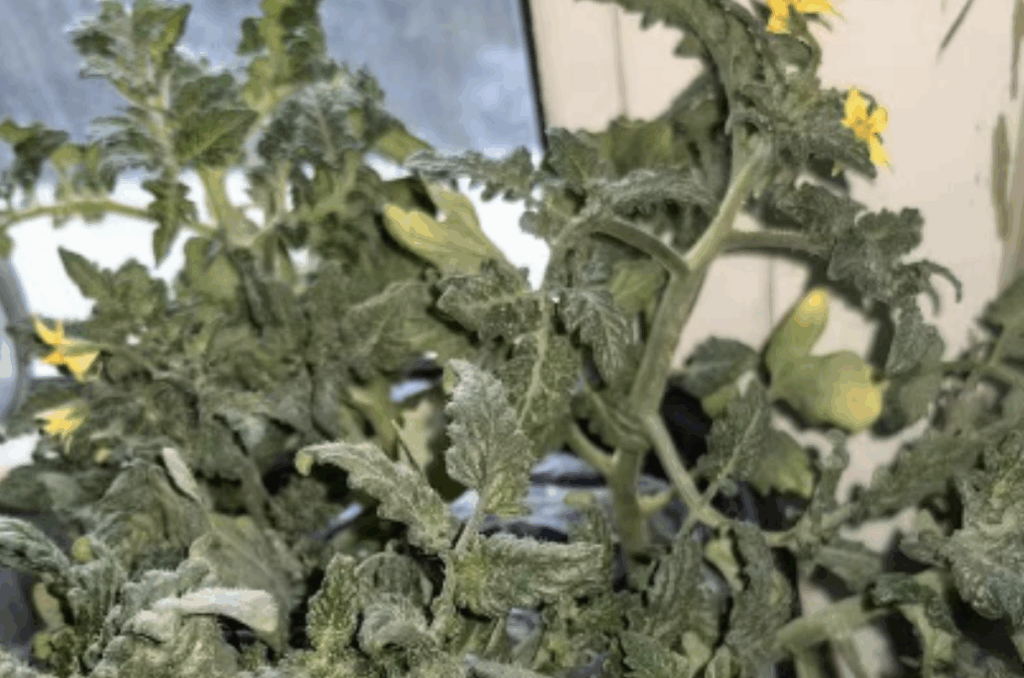
Seedling blight occurs before the true leaves of the seedling have fully developed. Initially, the seedling's stem base shows water-soaked lesions that turn yellow-brown and narrow into lines, causing the plant to wilt and fall over. High humidity and low temperature in the seedbed can trigger this disease.
Root rot causes brown lesions and decay on the roots, affecting nutrient absorption. This results in yellowing leaves and slow or stunted growth, and in severe cases, the plant may die. Poor drainage areas are particularly prone to root rot.
Leaf mold affects the leaves, with early symptoms being light yellow lesions on the top of the leaves, accompanied by a grayish-white mold on the underside. As the disease progresses, the lesions enlarge and the leaves wilt. Poor ventilation and light in greenhouses with high humidity can facilitate this outbreak.
Pests can also cause issues for tomato seedlings. Aphids suck the juice from the leaves, causing them to yellow and curl. Their secretions lead to sooty mold and can also spread viruses. Whiteflies gather on the undersides of leaves, feeding on the sap, causing yellowing and wilting, and they also secrete honeydew that encourages sooty mold. Whiteflies breed quickly and cause significant damage. Spider mites feed on the undersides of leaves, creating tiny yellowish-white dots. In severe cases, the leaves turn yellow and fall off, especially under high temperatures and drought conditions.
Environmental factors have a significant impact on tomato seedlings. Over-watering can cause root rot, affecting root respiration and nutrient absorption, leading to yellow leaves. On the other hand, under-watering can cause dehydration, leading to yellowing and curling of the leaves. Excessive sunlight can scorch the leaves, while insufficient light weakens photosynthesis, making the plant weak and the leaves pale yellow. Tomatoes prefer moderate temperatures; when temperatures fall below 10°C or exceed 35°C, they can affect growth and cause yellowing leaves. Overly acidic, alkaline, or nutrient-poor soil, lacking elements like nitrogen, phosphorus, or potassium, can also cause yellowing. For example, nitrogen deficiency causes pale yellow leaves, while magnesium deficiency results in a loss of green between leaf veins on older leaves.
As for whether to trim yellow leaves, if the yellowing is caused by a disease, it's important to remove the infected leaves promptly to prevent the spread of the disease, and disinfect both the plant and the soil. Severely yellowed and wilted leaves that have lost their ability to photosynthesize should also be removed, as they will continue to consume nutrients. However, lightly yellowed leaves that might recover, or the older leaves at the bottom that are slightly yellow, should be observed first. There's no need to rush into trimming; wait until the older leaves are completely wilted before removing them.
In summary, yellowing and wilting of tomato seedlings' leaves are the result of multiple factors. By managing the growing environment well, preventing diseases and pests in advance, and creating the right conditions for the seedlings, you can reduce these problems and harvest healthy, high-quality tomatoes.

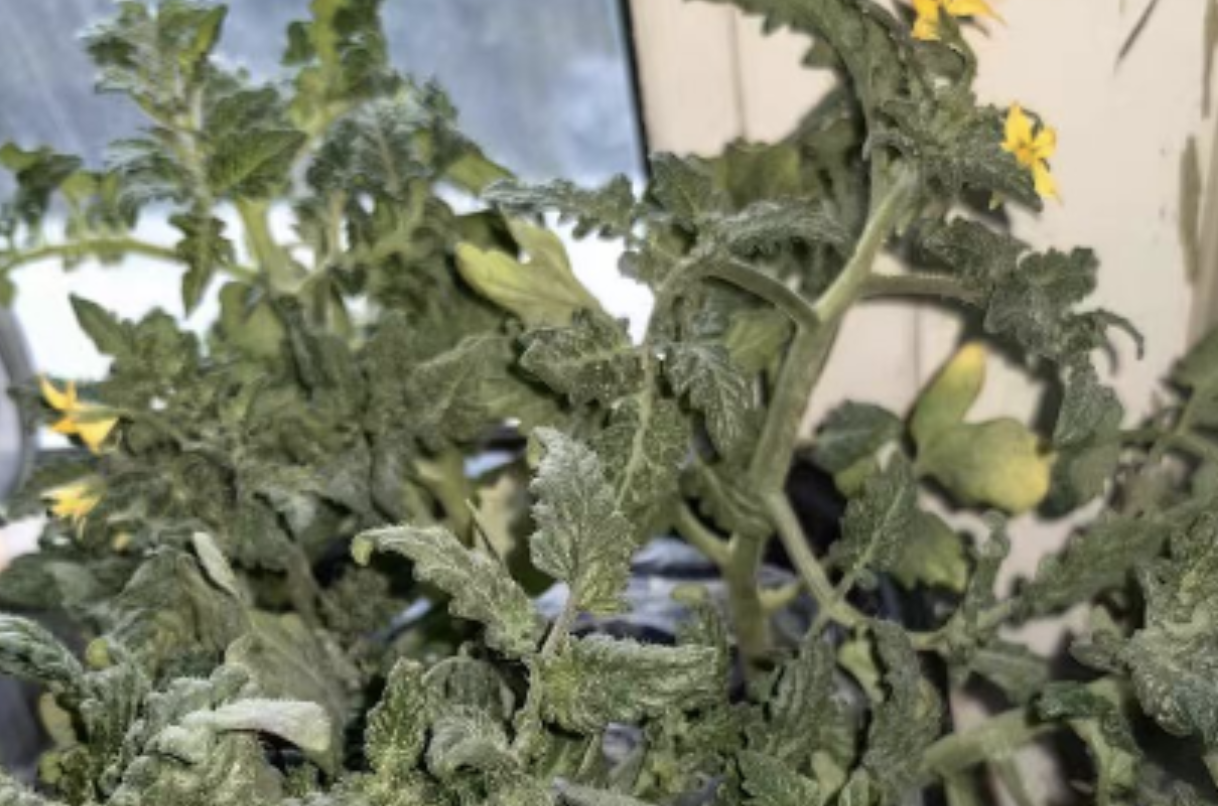
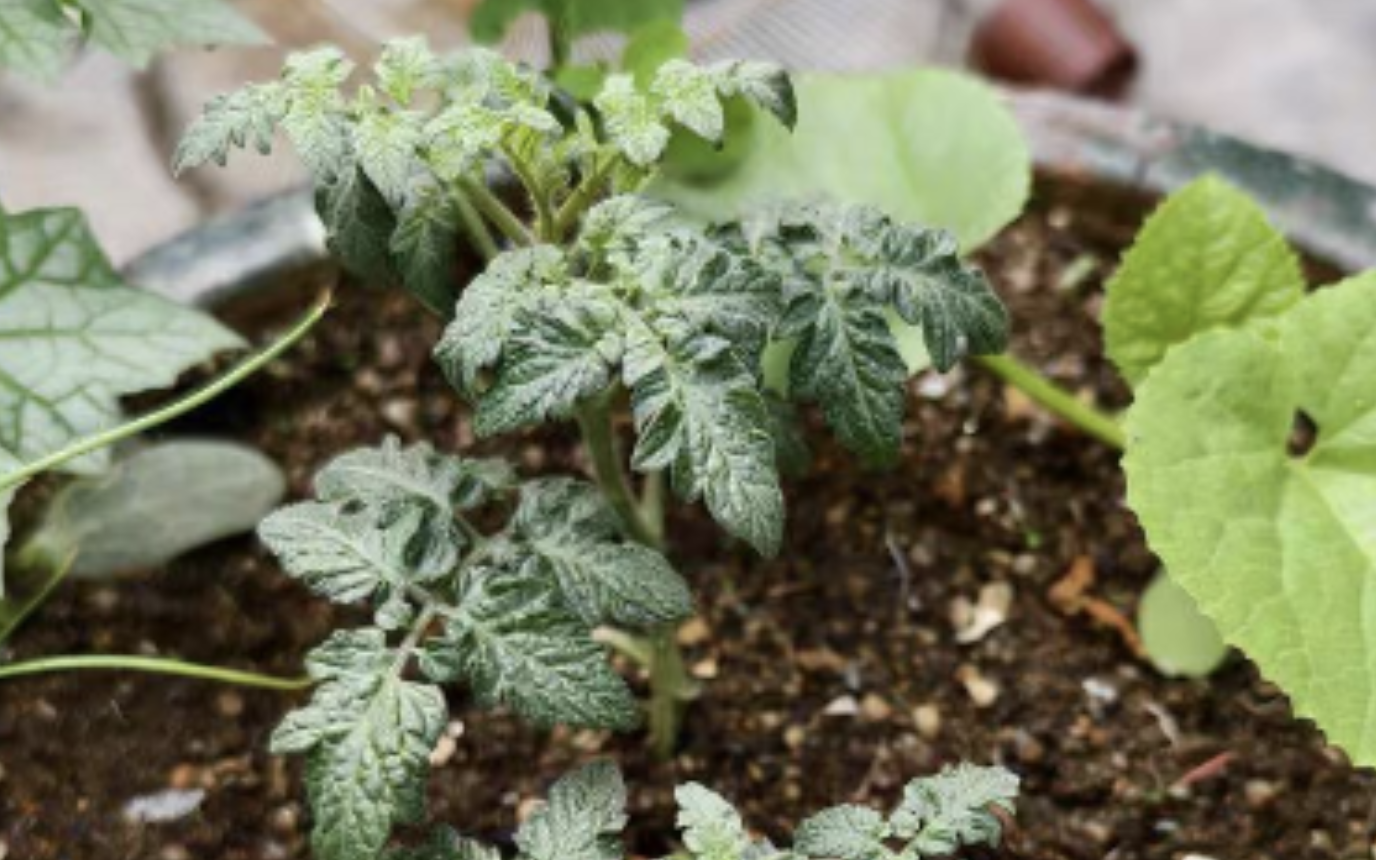
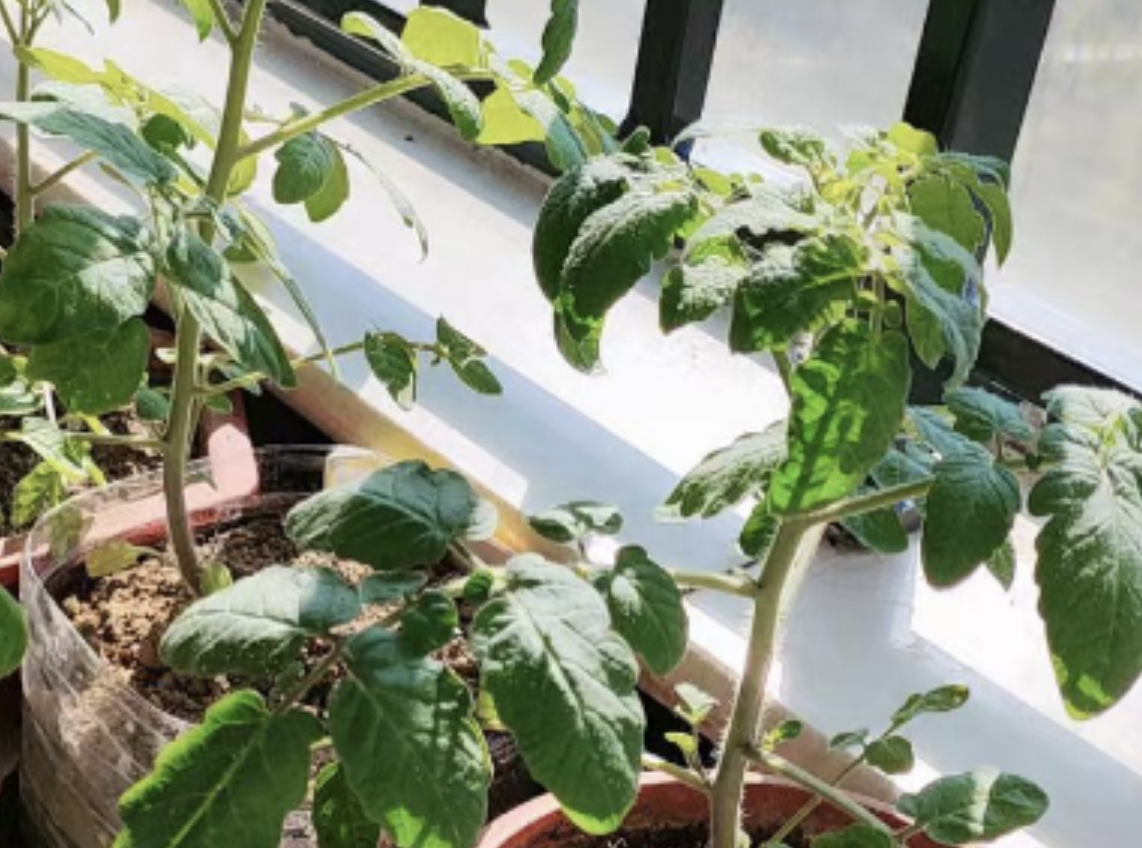
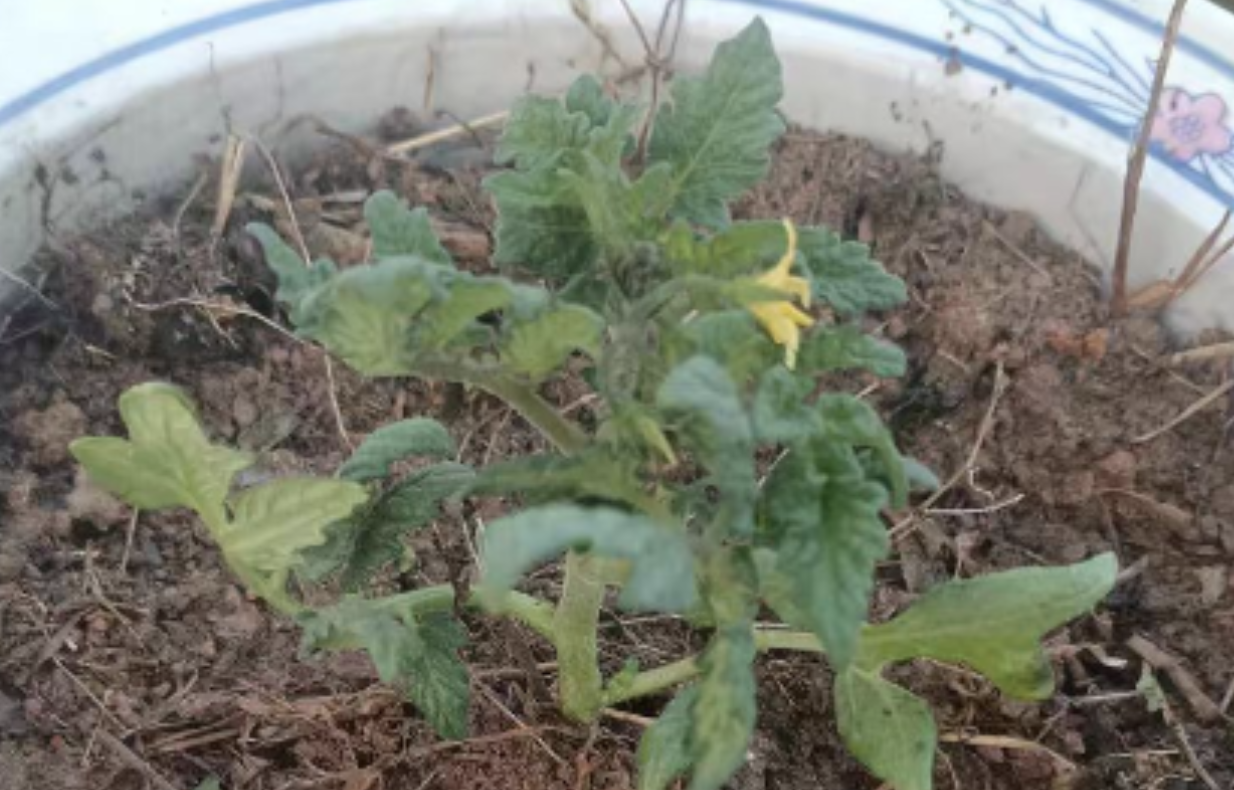
Leave a Reply